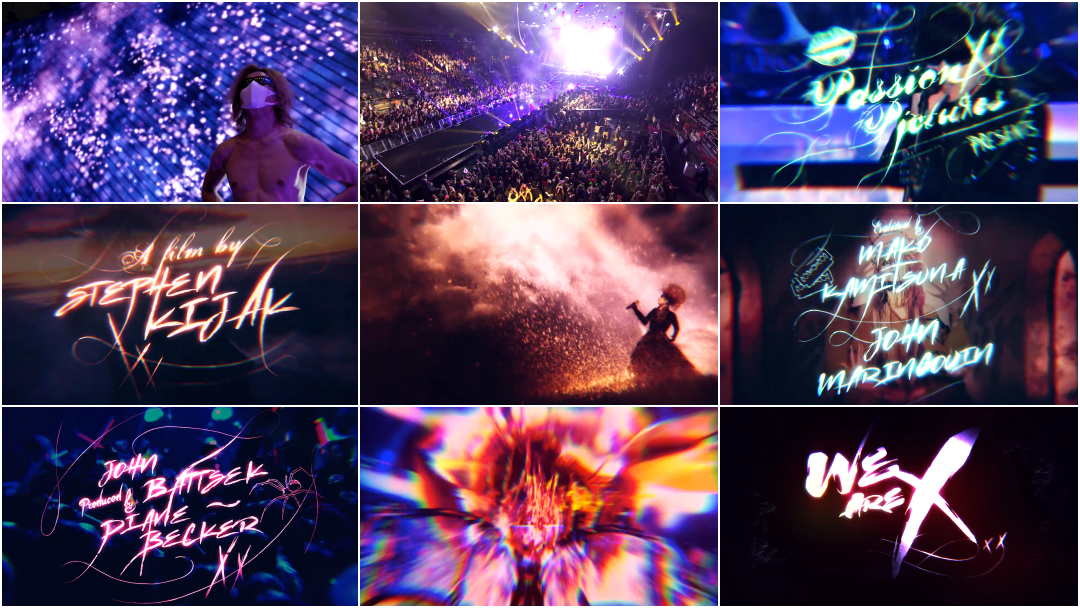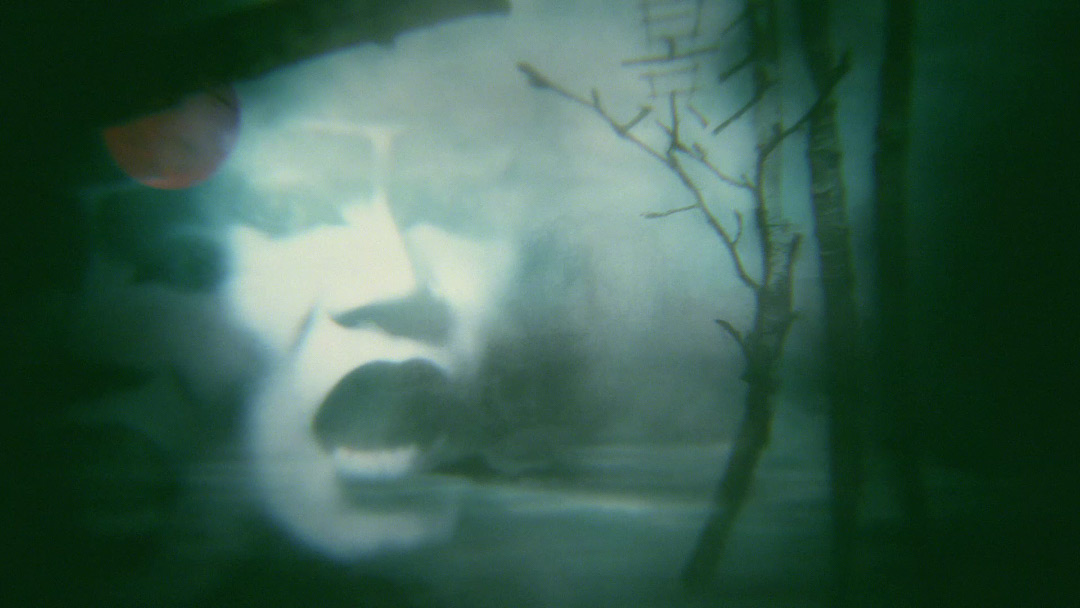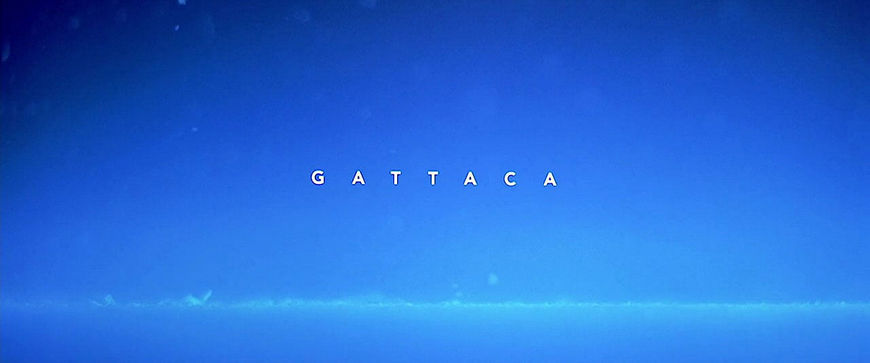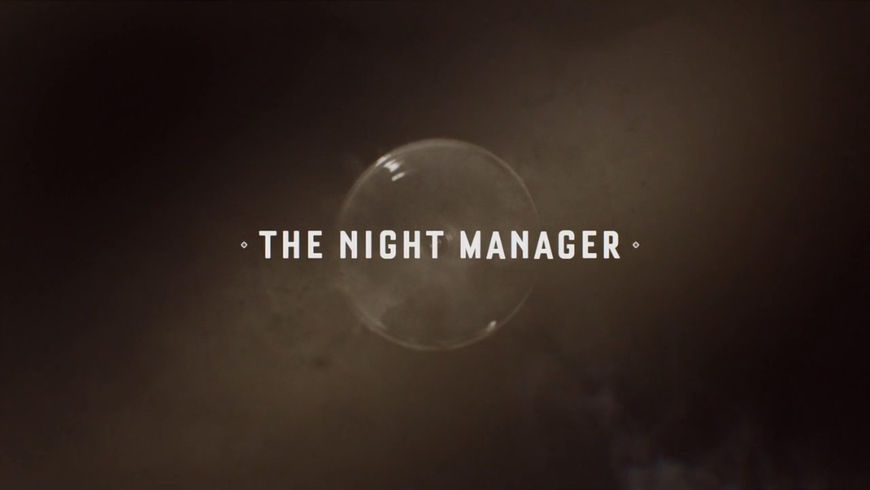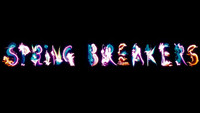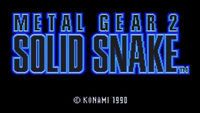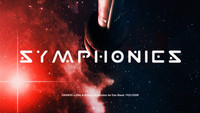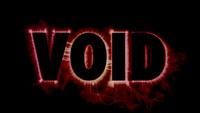X Japan and studio Blue Spill team up to deliver an explosive opening number for We Are X, director Stephen Kijak’s documentary about the legendary Japanese heavy metal band and the physical and emotional toll of high-level musical performance.
Anchored by footage of X Japan’s much talked about 2014 show at New York’s Madison Square Garden, We Are X’s title sequence intercuts archival video and photos of the group’s wild heyday with imagery that captures the spirit of visual kei, the flamboyant musical cousin of Western glam rock pioneered by the band. As the intro of “Jade” reaches its peak, a volley of Xs blasts across the screen like an anime super attack. Luminous neon title cards pulse to the rhythm of bandleader Yoshiki’s drums – the beating heart of the group – while a series of fantastical vignettes transforms X Japan’s members into a pantheon of rock gods. It’s an electrifying introduction to the story of one of the world’s greatest musical acts.
*Winner of the 2016 SXSW Excellence in Title Design Award
A discussion with ALLISON and ANTHONY BROWNMOORE of Blue Spill
So you’ve previously worked with We Are X director Stephen Kijak on other documentaries. How did your working relationship with him begin?
Allison: We actually got introduced through Passion Pictures. We started working with him on the film Stones in Exile a few years ago, and since then we’ve worked on Backstreet Boys: Show 'Em What You're Made Of, Jaco, and some TV stuff. I love working with Stephen – he’s really fantastic not just as a director but for giving us so much flexibility and space. He’s one of those directors who can give you just enough assets and inspiration to get on with it and not micromanage.
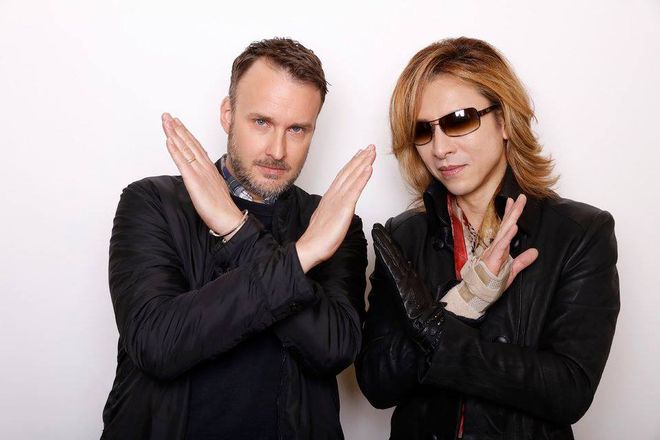
Director Stephen Kijak and X Japan's Yoshiki
Anthony: He’s also a director who takes on very different subject matters – all music docs but very, very different groups in style and aesthetics.
Yeah, Backstreet Boys and X Japan are a little different!
Anthony: It’s a bit of a leap! [laughs]
[laughs] So what was the first meeting like for We Are X?
Allison: The first time I heard about it was at a screening at the BAFTA in London for the Backstreet Boys film. He said, “Oh, I’m working on this awesome project about X Japan, this crazy Japanese band!”
Anthony: I remember him looking at us and saying, “This is crazy! This is nuts! We need some stuff.” Then the producer just leaned over and said, “We’ve got a budget for you.” [laughs] That was our introduction to it.
We Are X (2016) theatrical trailer
Allison: X Japan are absolutely massive in Japan and they could have had their pick of any design studio – and any studio would have leapt at the opportunity to work with them. We were very aware when we started working on it that if we didn’t mesh creatively, particularly with Yoshiki, that there was the possibility of us not continuing on the job.
And how familiar were you with the world of Japanese heavy metal or visual kei before this?
Anthony: Not at all!
Allison: I had no idea. I’m Australian, so I was a little aware of a movement over there, like a visual movement was vaguely familiar to me but not at all where we ended up going on the project. I think Stephen was the same actually. I’m not sure many of us knew just how big it was.
What surprised me the most was the vulnerability of it. There’s definitely a balance between the hard exterior and the soft interior. That surprised me.
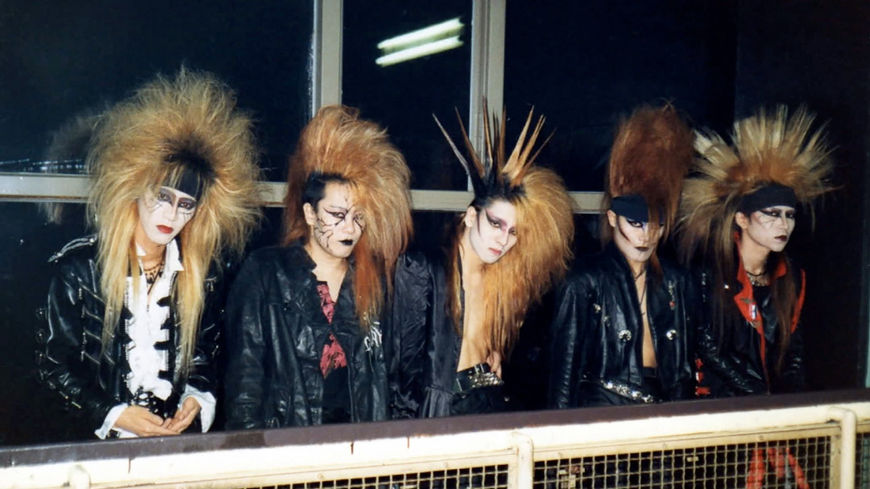
X Japan c. 1989
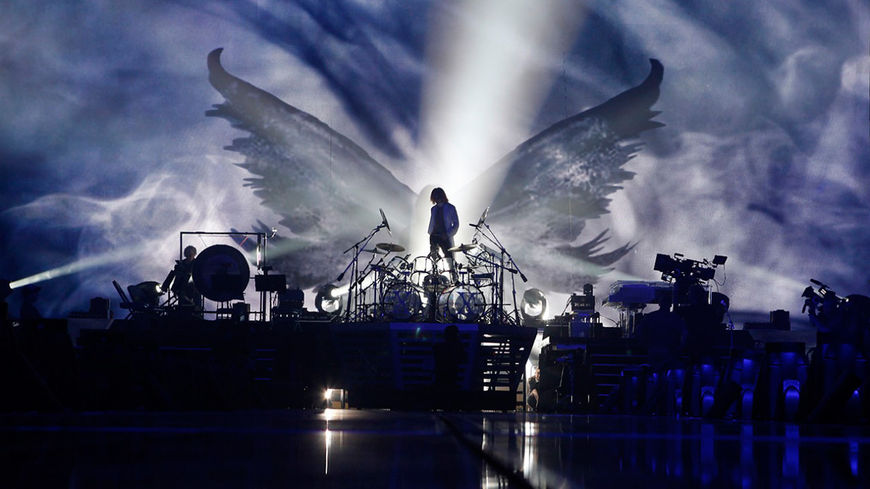
X Japan live in concert at Madison Square Garden on Oct. 11, 2014
Anthony: I grew up with Queen and Michael Jackson and this is about as far away from that as you can get. I was very taken by their look but that can also be quite daunting. To try to make something and be creative with something that’s already so mad and so creative, it’s difficult to know where you go with that. This is it really, isn’t it? This is what we’ve got to stick to and portray. How to do that and do justice to it... It was daunting.
I can imagine! So you mentioned how Stephen gave you a lot of space to work, but I assume he had some kind of vision for the opening of his film...
Allison: His vision was that he wanted to blow people off their seats. [laughs]
Anthony: Yeah, that was the brief! [laughs]
His vision was that he wanted to blow people off their seats.
Allison: It was! The band has this slogan that a journalist coined for them back in the day and they live by it – it’s their ethos – it’s “Psychedelic Violence Crime of Visual Shock”! It’s amazing. When Stephen sent the first email that was big letters at the top saying that’s basically what we need to create. That was the best brief I’ve ever heard in my life! [laughs]
So we knew it needed to be something that was really strong, epic, and really unpredictable, but also had that balance of strength and softness. There had to be beauty because it wasn’t gratuitous shock, it was supposed to be quite meaningful. It wasn’t masculine, it had to be feminine. “Psychedelic Violence Crime of Visual Shock” is cool, but once you take away all those creative boundaries, where do you go? Quite often I find that when I’m designing it’s those limitations that guide you down a certain path.
What were some of the concepts or ideas that you experimented with early on?
Allison: Our very first idea was to do fluoro, wasn’t it?
Anthony: Oh yeah! You’re quite right. It actually does have a remnant in the existing title sequence: the first thing we do is the fluorescent X and that’s a hangover from the initial creative.

Image set: Shooting early fluoro/neon elements
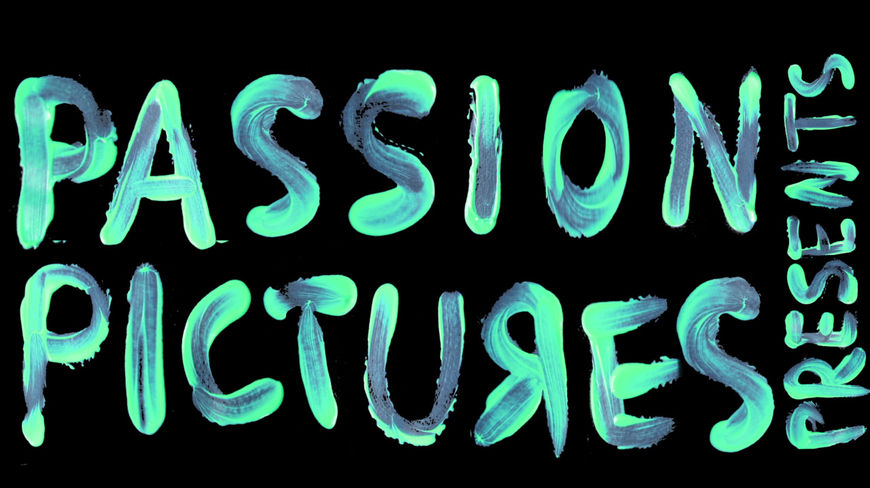
An early style frame featuring the fluoro aesthetic
Allison: We were even experimenting with doing fluoro body paint. It was all handpainted. That was the very first style frame that we sent to Stephen and he was like, “Yeah! That’s great!” But we just kept developing it internally and moved away from that, and we never actually told him until we showed him the first sequence and it had no fluoro in it. [laughs] In a longer sequence it didn’t hold up visually with all the other stuff. It just felt crowbarred in.
Stephen gave us access to X Japan’s archival photos and the stills were amazing. They did so many photoshoots – especially hide, who did some of the most incredible photoshoots.
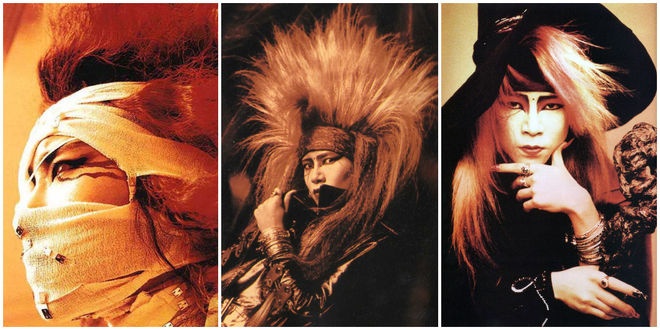
Image Set: Photographs of X Japan member hide
Allison: So we went through all of that and picked which photo was going to go with which line of the song – that’s where it started to take shape. We didn’t storyboard it. We just went ahead and created it. Initially we did the first three lines of the song to pitch the idea and the look and they were signed on. I got an email from the producer at one point that said, “I have no idea what it means but I fucking love it!” I guess that’s a good thing!
Original pitch video for the We Are X title sequence by Blue Spill
Allison: There was that one shot – Stephen asked for that big face Yoshiki shot and incidentally that was the one that got taken out. They also wanted the credits on screen for longer.
Anthony: Internally there were a lot of variants of how we presented stuff, how we got the feeling of the music across. I can’t even remember the amount of months we worked on it, but it would stay with us for a long time before we would present it. They would see those first few shots and then the next thing they would see was almost a finished sequence… without the title card at the end because we didn’t know what it was called!
Oh really? There was no working title?
Anthony: There were several working titles, actually. “One Body, One Destiny: The Story of X Japan” – that was a bit wordy to get into the last shot, so we left it blank for a while.
Did you mock up that title card?
Allison: Yeah, we did. The title we put in the film was actually a quick mock-up that we were asked to put together just in case. We used the other title for most of the time.
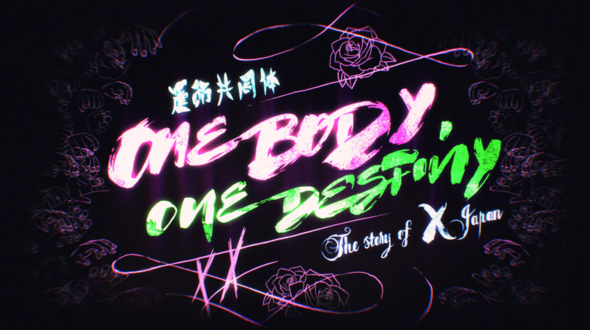
"One Body, One Destiny" unused title card design
Anthony: The “One Body, One Destiny” card went in for the screening where they showed the title sequence to Yoshiki for the first time. Then it got ripped out for “We Are X”, which is the version that’s in the title sequence now. Then another version of the “We Are X” title lockup was made to be the final version but they liked the earlier version much better. So we reverted and it became the final one.
You also shot a number of physical elements for this sequence, right? What was that process like?
Allison: We’d shot bits in a fish tank before and maybe some textures here and there, but we’d never taken a GoPro out and shot it coming out of the water.
Anthony: We did stock footage underwater shoot for the bits the float around on the screen. That’s fluorescent paint in a fish tank that we swirled around under lights. It gave it a lot of depth.
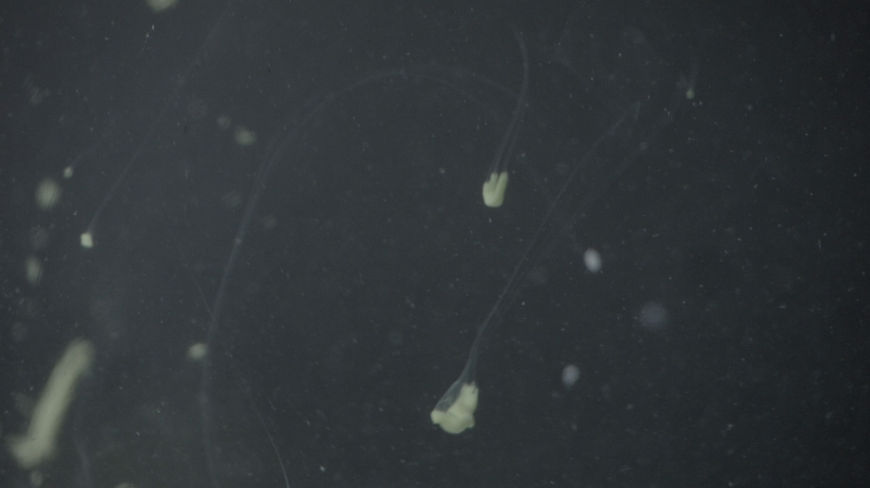
Image set: Paint and powder elements shot in a fish tank
Anthony: We were worried at first that the sequence was going to look a bit flat until we shot those elements. We set up a water rig to shoot the waterfall sequence – the waterfall is actually the tap in our kitchen sink!
The waterfall is actually the tap in our kitchen sink!
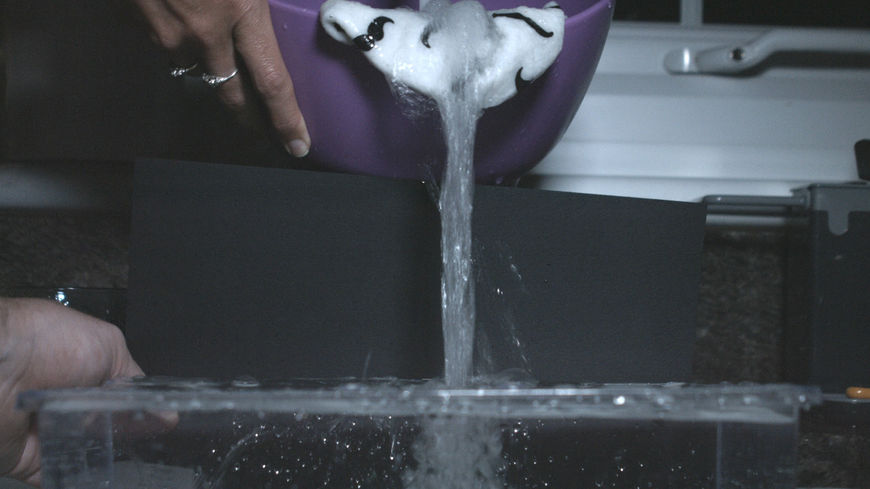
Image set: Kitchen sink waterfall shoot
Anthony: We took a GoPro out to Greece to get the under-the-water shot to push up to the mountain and all that. Lots of little filmed bits in the middle to make the pictures feel more alive.

Image set: Various water elements shot in Greece
And what about the music? Why was that particular piece – “Jade” – chosen to open the film?
Allison: That was 100 per cent Stephen. At first they used pretty much the whole song, which is actually quite long. Then when we started working on it the producers were worried that it might be too much, so it was cut down.
How did you put it all together?
Anthony: So the main frames and animation were all created in After Effects, then the edit, the grade, and all of what we call the “X effects” – the pulses, the chromatic aberration stuff – that was all done in Smoke.
Allison: This was one of the first times that we introduced a really strong After Effects-Smoke workflow. I’m used to designing in After Effects and really keeping it in After Effects – maybe it goes to a final pass in Smoke – but this was the first time that we concentrated on delivering shots from After Effects and then it went to Ant and he recut it, he would grade it, and put his look on it. I was really surprised by how well having a secondary pass with someone else worked. That’s been a massive change for us as a studio. We’ve implemented that on other films and it’s just worked so well.
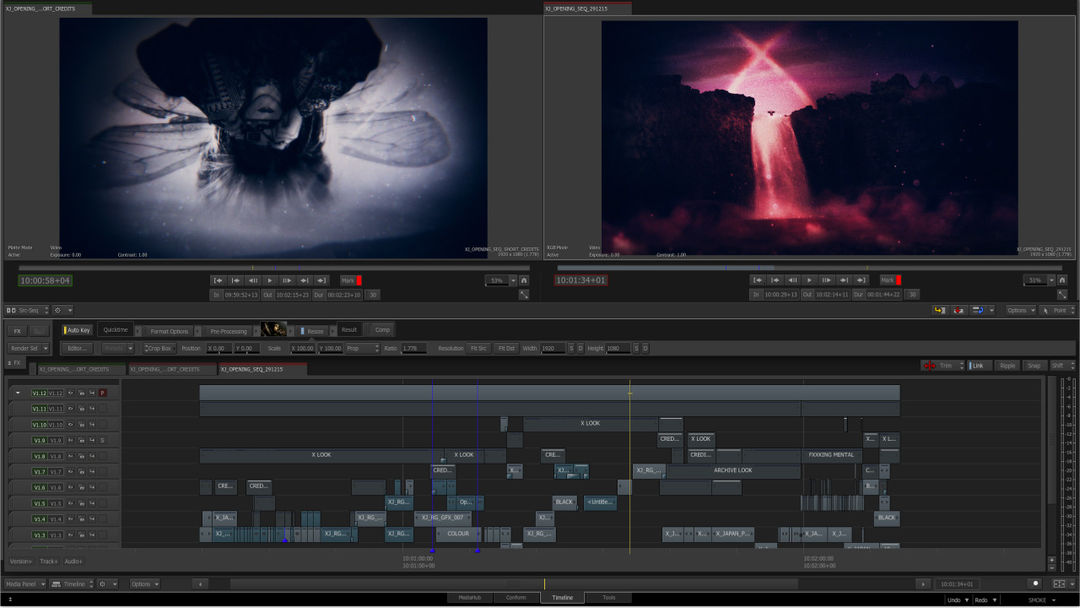
Autodesk Smoke timeline for the We Are X title sequence
Anthony: I was a little cautious going into this – my thinking was that we’ll dial it up to eleven and then see how much they dial it back. [laughs] Flashing credits are not usually a thing that people who like big title cards like to have happen – the credits flash on the screen and you might not read them! But having that and having the whole screen pulse and shake and everything be a little bit unstable, if it ever goes to TV I don’t know what the Harding Test machine will make of it.
Allison: So what you’re saying Ant is that you’re surprised they liked it?
Anthony: I’m surprised that they didn’t stop me! [laughs] I’m amazed it went through as it did – I'm very happy that it did. I was very surprised that they were so open to what we did.
What element(s) of this sequence are you most happy with?
Allison: I’m totally obsessed with the second line and it’s a frame that has “Mohawk Mountain” in it. I’m obsessed by this mountain. Stephen’s credit goes over the top and I made his credit as short as I could so I could see the most of my mountain. The first time he saw it he came back and said, “I need a longer credit” and I cried a little bit because I lost my mountain. But at the end of the day I suppose that showing the names is the point of a title sequence. [laughs]
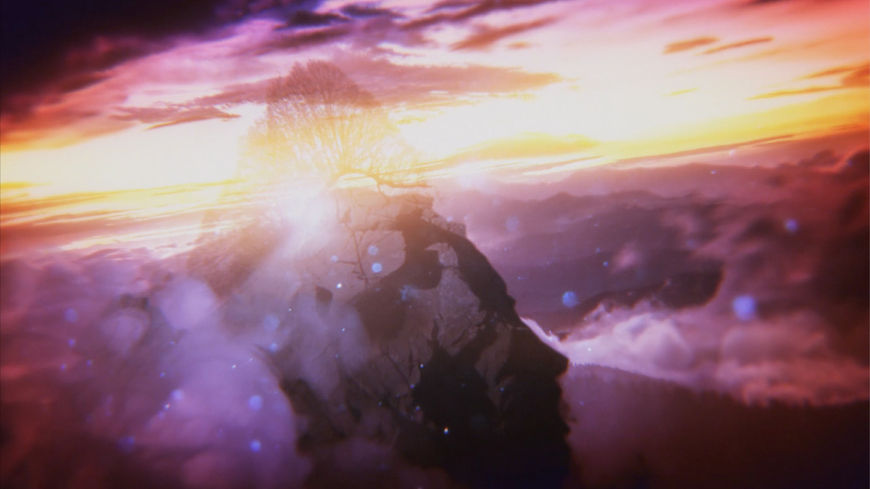
The "Mohawk Mountain" shot
Anthony: It’s there under his credit, but it just flashes every second frame.
Allison: Yeah, so that was my favourite. “Mohawk Mountain.”
Anthony: Mine is the under-the-sea shot, with his piano and the drowning Yoshiki in the background and then it goes up from under the sea to see Toshi, the lead singer, on top of the waterfall. That little moment holds a lot of work for me.
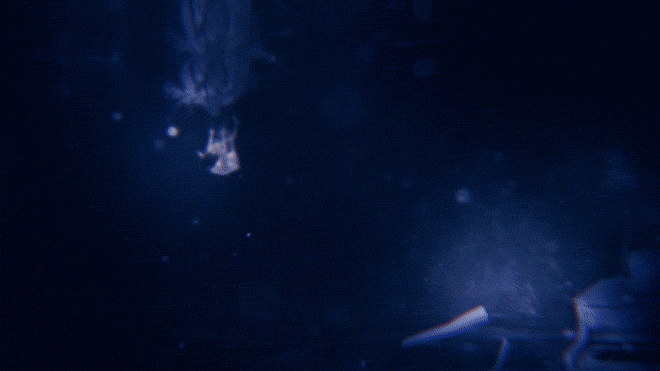
What are some of your personal favourite title sequences, whether classic or contemporary?
Allison: My favourite is Gattaca by Imaginary Forces. I love that title sequence. It’s such a simple aesthetic – intriguing and meaningful. I love the small font, it’s all really elegant and understated. That was one of the first times I saw a title sequence and thought, “Wow! This is really awesome. I’d like to do that.”
Gattaca (1997) title sequence, designed by Michael Riley
Anthony: One of my favourites at the moment is The Night Manager. I recently started watching it and I really fell for that sequence. I love title sequences that tell the story of the feel of the series. You totally get it in that one sequence! Things turning into other things, little morphs, that stuff is all so beautifully done that I was really on board with it.
The Night Manager (2016) title sequence, produced by Elastic

